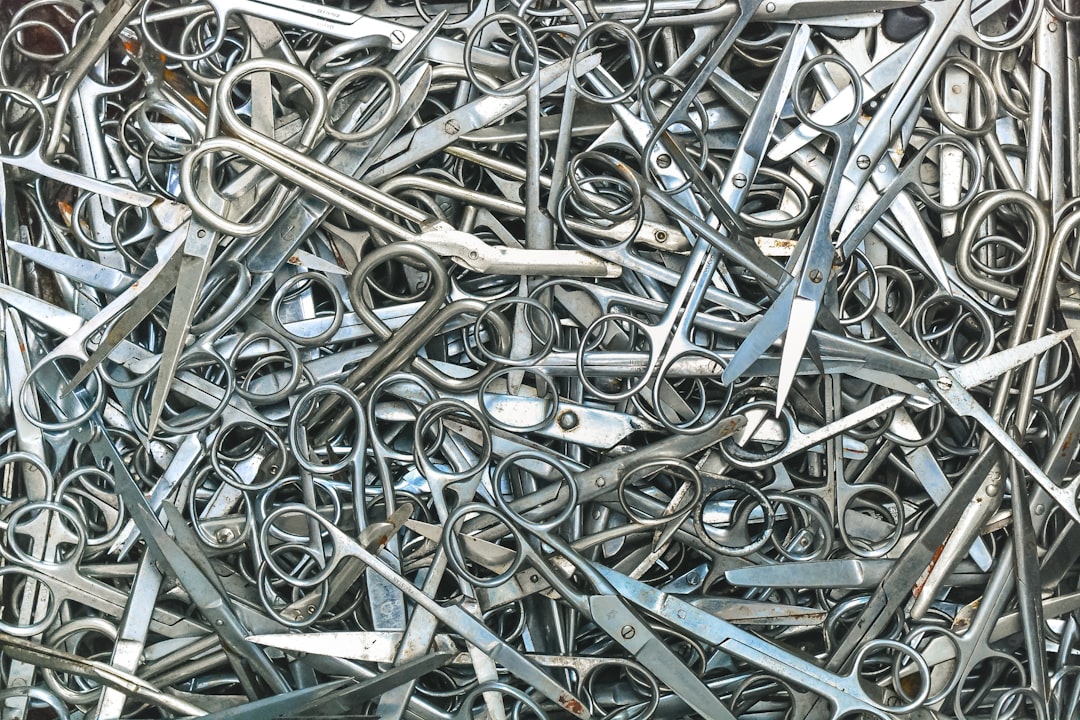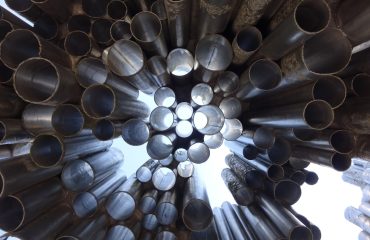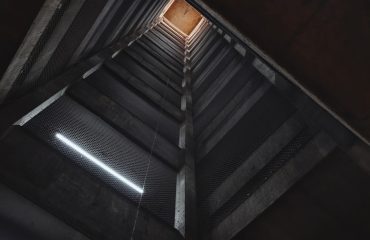In the demanding world of industrial machinery, standardized components often fall short. When performance needs are critical, and off-the-shelf solutions simply won’t suffice, the answer lies in customized steel machine parts. This comprehensive guide delves into the design, manufacturing, and benefits of these crucial components, highlighting why they are essential for optimizing machinery performance and longevity.
1. Designing for Success: The Art of Custom Steel Machine Part Design
The design phase is paramount. It’s where the foundation for a high-performing, durable part is laid. This involves a collaborative process between engineers and clients, carefully considering the specific application, required tolerances, anticipated stresses, and operating environment. Factors like temperature fluctuations, corrosive elements, and the level of required precision must all be meticulously factored into the design. Advanced computer-aided design (CAD) software plays a crucial role, allowing for detailed 3D modeling, simulations, and stress analysis to ensure the part meets the intended specifications before even a single piece of steel is cut. This upfront investment in design prevents costly rework and ensures a superior final product. Specific design considerations might include:
- Material Selection: Choosing the appropriate steel alloy (e.g., stainless steel, high-carbon steel, alloy steel) based on strength, corrosion resistance, and cost-effectiveness.
- Tolerance Levels: Defining the acceptable deviation from the specified dimensions to guarantee precise functionality within the machine.
- Surface Finish: Specifying the desired surface roughness to optimize performance and prevent wear and tear.
- Heat Treatments: Determining necessary heat treatments to enhance strength, hardness, or other properties.
2. Precision Manufacturing: From Blueprint to Reality
Once the design is finalized, the manufacturing process begins. This often involves a combination of advanced techniques to ensure accuracy and quality. Common methods include:
- CNC Machining: Computer Numerical Control machining utilizes sophisticated software and automated machinery to precisely cut, shape, and finish steel parts to exacting specifications. This offers high precision and repeatability.
- Forging: This process involves shaping the metal using compressive forces, resulting in a part with superior strength and grain structure compared to casting.
- Casting: Molten steel is poured into a mold to create the desired shape. This method is suitable for complex geometries but may require additional machining for precise dimensions.
- Welding: Used to join different steel components or repair damaged parts. Advanced welding techniques ensure strong, reliable joints.
- Additive Manufacturing (3D Printing): Emerging technologies like 3D printing are increasingly used for prototyping and producing complex steel parts with intricate designs.
Quality control measures are implemented throughout the manufacturing process, ensuring adherence to design specifications and the highest standards of quality.
3. Steel Alloys: Choosing the Right Material for the Job
The selection of the appropriate steel alloy is critical for the performance and longevity of the customized part. Different steel alloys offer varying properties, including:
- Strength: High-carbon steels offer exceptional strength, while other alloys provide a balance of strength and ductility.
- Corrosion Resistance: Stainless steels are renowned for their resistance to rust and corrosion, making them ideal for harsh environments.
- Hardness: Certain alloys can be heat-treated to achieve exceptional hardness, improving wear resistance.
- Weldability: The ease with which a steel can be welded is crucial for assembling complex components.
- Machinability: Some alloys are easier to machine than others, impacting manufacturing cost and efficiency.
Careful consideration of these properties ensures the chosen steel alloy perfectly matches the specific demands of the application.
4. Applications Across Industries: Where Customized Steel Parts Shine
Customized steel machine parts find applications across a vast range of industries. Their versatility and adaptability make them indispensable in:
- Automotive: High-strength steel components for chassis, engines, and transmissions.
- Aerospace: Lightweight yet incredibly strong steel alloys for aircraft components.
- Energy: Durable steel parts for power generation equipment and oil & gas infrastructure.
- Construction: Heavy-duty steel components for cranes, excavators, and other construction machinery.
- Manufacturing: Precision steel components for automated production lines and industrial machinery.
In each application, customized parts offer superior performance, precision, and longevity compared to standard components.
5. The Benefits of Choosing Custom Steel Machine Parts
Investing in customized steel machine parts offers several significant advantages:
- Enhanced Performance: Parts are designed specifically for the application, optimizing performance and efficiency.
- Increased Durability: Careful material selection and robust design lead to longer lifespan and reduced downtime.
- Improved Reliability: Precision manufacturing minimizes the risk of failure and ensures consistent operation.
- Cost Savings in the Long Run: While initial costs may be higher, the increased lifespan and reduced maintenance translate to long-term cost savings.
- Tailored Solutions: Custom parts address unique requirements, solving problems that standard components cannot.
Ultimately, the investment in customized steel machine parts represents a commitment to quality, reliability, and long-term success.
Choosing a reputable supplier with expertise in design and manufacturing is crucial for ensuring the success of your project. Partnering with a skilled team ensures that your custom steel machine parts meet the highest standards of quality and performance.
Tags: customized steel machine parts, bespoke steel components, steel fabrication, precision machining, industrial parts




